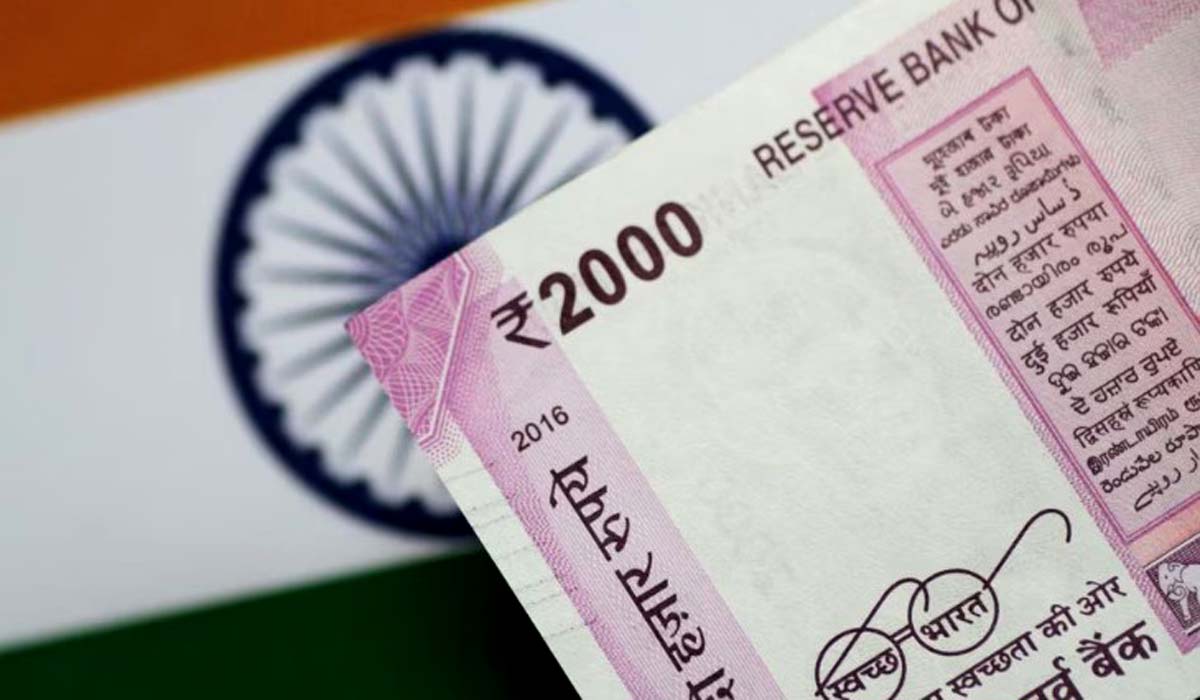A Currency Shift Unveiled: Decoding India’s Decision to Scrap the 2000 Rupee Note

India’s Move to Withdraw the 2000 Rupee Note: Implications for Its Economy
India’s decision to scrap its 2000-rupee note from circulation is a significant move that could have a number of implications for the country’s economy.
On the one hand, the move could help to reduce the amount of black money in circulation. Black money is money that is earned illegally and not taxed. It is estimated that there is around $2 trillion of black money in India, which represents a significant drain on the economy. By removing the 2000-rupee note, the government hopes to make it more difficult for people to use black money.
On the other hand, the move could also have a negative impact on the economy. The 2000-rupee note is the most commonly used note in India, and its withdrawal could lead to a shortage of cash. This could make it difficult for people to conduct day-to-day transactions, and could also lead to an increase in inflation.
The impact of the move on the economy will likely depend on a number of factors, including how well the government manages the withdrawal process and how quickly people switch to using other denominations of notes.
In addition to the economic implications, the move could also have political and social implications. The decision to scrap the 2000-rupee note was made by the Narendra Modi government, and it could be seen as a way for the government to assert its authority. The move could also be seen as a way to target the opposition, which is often accused of being involved in black money activities.
The move to scrap the 2000-rupee note is a significant one that is likely to have a number of implications for India. It remains to be seen how the move will play out in the long run.
India’s recent decision to phase out the 2,000 rupee note has raised questions about the impact on the country’s economy. This article explores the implications of this move, shedding light on the reasons behind it and examining the potential effects on various sectors.
The 2,000 rupee note was introduced in 2016 as part of the Indian government’s efforts to curb corruption, counterfeiting, and the black market. However, concerns have emerged over the years regarding the note’s role in illegal activities and its limited usage in daily transactions. In light of these concerns, the Indian authorities have opted to withdraw the note from circulation.
The decision to scrap the 2,000 rupee note signifies a shift in India’s currency landscape and has several implications for the economy. One immediate effect is the need for individuals and businesses to adapt to the change, as the note will no longer be accepted as legal tender. This transition may require adjustments in payment systems, banking processes, and consumer behavior.
Furthermore, the withdrawal of the 2,000 rupee note could have broader consequences for sectors such as retail, real estate, and informal markets. These sectors often rely on cash transactions, and the absence of the high-value note may impact liquidity and transaction volumes. However, proponents of the move argue that it could help formalize the economy, promote digital transactions, and improve transparency.
Another aspect to consider is the potential impact on the country’s monetary policy and the central bank’s ability to manage liquidity. With the withdrawal of a significant denomination, the Reserve Bank of India may need to adopt alternative measures to regulate the money supply and ensure stability in the financial system.
It is essential to note that the Indian government’s decision to eliminate the 2,000 rupee note is part of a broader currency management strategy. The move aims to address concerns related to illicit financial activities while encouraging a shift towards a more transparent and digitally-driven economy.
The withdrawal process will likely involve a systematic approach, allowing individuals and businesses to exchange their existing 2,000 rupee notes for lower denomination currencies or alternative forms of payment. The government may also implement awareness campaigns to educate the public about the transition and promote the use of digital payment solutions.
As India navigates this currency shift, it faces both challenges and opportunities. While the immediate impact may disrupt certain sectors, the long-term benefits of a more transparent and efficient financial system could outweigh the short-term inconveniences. The success of this transition will depend on effective implementation, sufficient alternatives, and a supportive ecosystem that embraces digital payments.
In conclusion, India’s decision to phase out the 2,000 rupee note carries significant implications for the country’s economy. While the move aims to address concerns surrounding corruption and illicit activities, it also presents challenges for various sectors reliant on cash transactions. As the transition unfolds, careful planning, effective communication, and proactive measures will be vital in mitigating any adverse effects and maximizing the long-term benefits of this currency shift.
Positive Implications
One potential positive implication of the move is that it could help to reduce the amount of black money in the economy. Black money is money that is earned or accumulated illegally and is not taxed. It is estimated that there is a significant amount of black money in India, and the government has been trying to crack down on it for some time. By withdrawing the 2000-rupee note, the government is making it more difficult for people to use this denomination of currency to transact in black money.
Another potential positive implication of the move is that it could help to boost the economy by encouraging people to spend more money. When people have more cash in their hands, they are more likely to spend it. This could lead to increased consumption and economic growth.
Negative Implications
However, there are also some potential negative implications of the move. One concern is that it could lead to a shortage of cash in the economy. This could make it difficult for people to carry out everyday transactions, such as buying groceries or paying for public transportation.
Another concern is that the move could lead to an increase in counterfeit currency. Counterfeit currency is fake money that is made to look like real currency. It is a serious problem in India, and the government has been trying to crack down on it. However, the withdrawal of the 2000-rupee note could make it easier for counterfeiters to produce fake notes, as they will no longer have to worry about matching the security features of the real note.
Overall Impact
The overall impact of India’s decision to scrap the 2000-rupee note is still uncertain. It is possible that the move could have a number of positive implications, such as reducing black money and boosting the economy. However, there are also some potential negative implications, such as a shortage of cash and an increase in counterfeit currency. Only time will tell what the true impact of the move will be.





